An admiration for architecture and monuments of the Soviet and communist-era
If I could go back in time with the express purpose of just purely travelling, I would choose two periods. The first would be the early to mid-seventies. Flares and dodgy haircuts aside, this would have been the best time to travel overland between Europe and Asia. I think to have visited Iran pre-revolution would have been fascinating and it was also the right time to have travelled through Afghanistan and Pakistan. Of course, there were far fewer travellers around back then compared to these days but there would have been enough to ensure that you would have met some interesting characters along the way and this, combined with the journey itself, would have made for a memorable experience. I’ve only met a few people old enough to have travelled along the original Hippy Trail, but those I have spoken to about it always rank it as one of the best things they have ever done travel-wise.
The other time period I would pick would be the mid to late 1980s and I would have chosen to travel deep behind the Iron Curtain through Eastern Europe and what was then the Soviet Union.
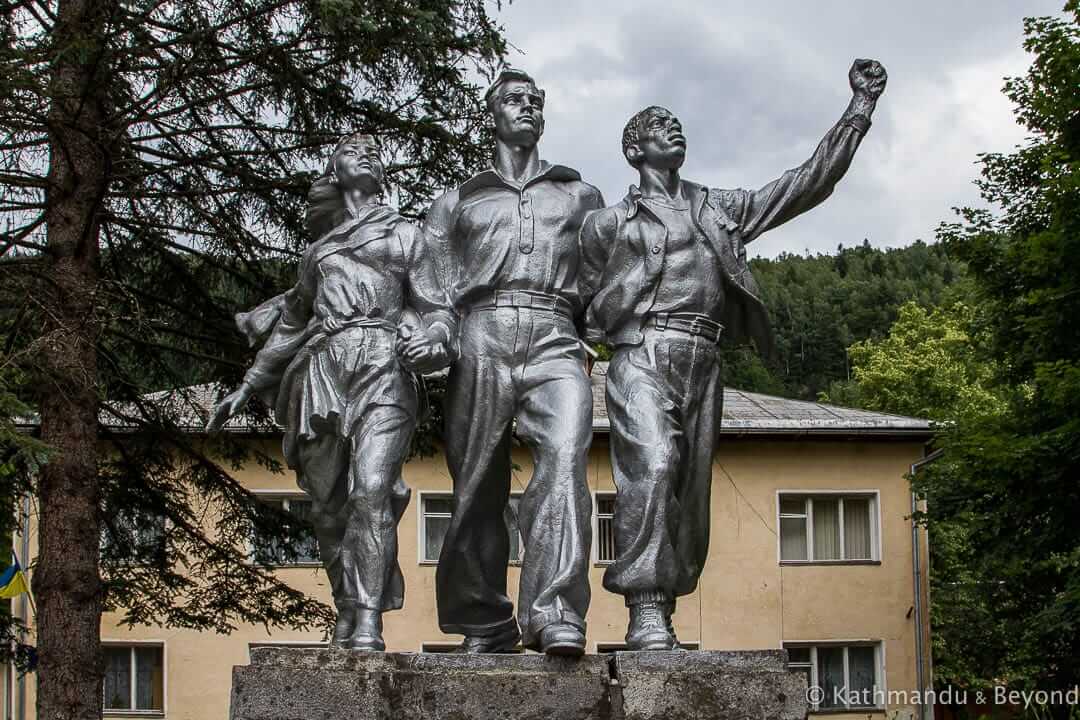
Compared to the carefree Asia overland trail of the 1970s, the experience of travelling through such countries as Poland, Russia, Hungary and Bulgaria would have been very different indeed. A large dose of suspicion, a severe lack of freedom to do what you want, language barriers, minimal contact with locals, strict visa regulations, and a shortage of decent food are but a few of the barriers that would have presented themselves when visiting that part of the world in the late 1980s.
Yet, it still goes at the top of my imaginary time-travel list for the simple reason: I have a fascination with Soviet and communist-era architecture.
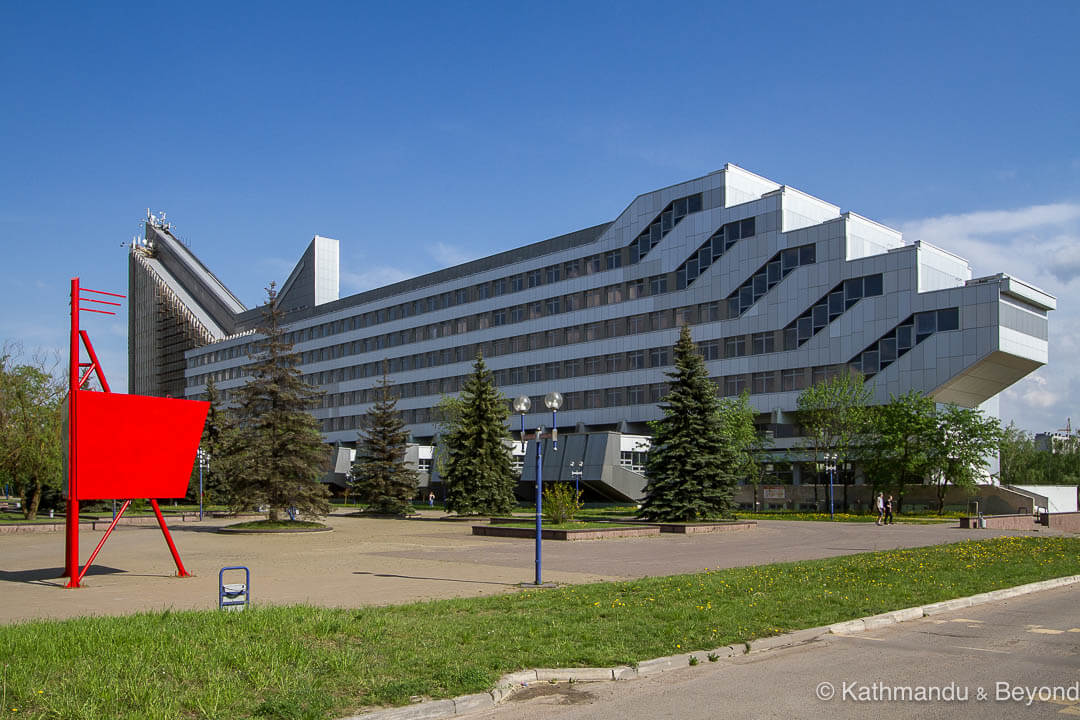
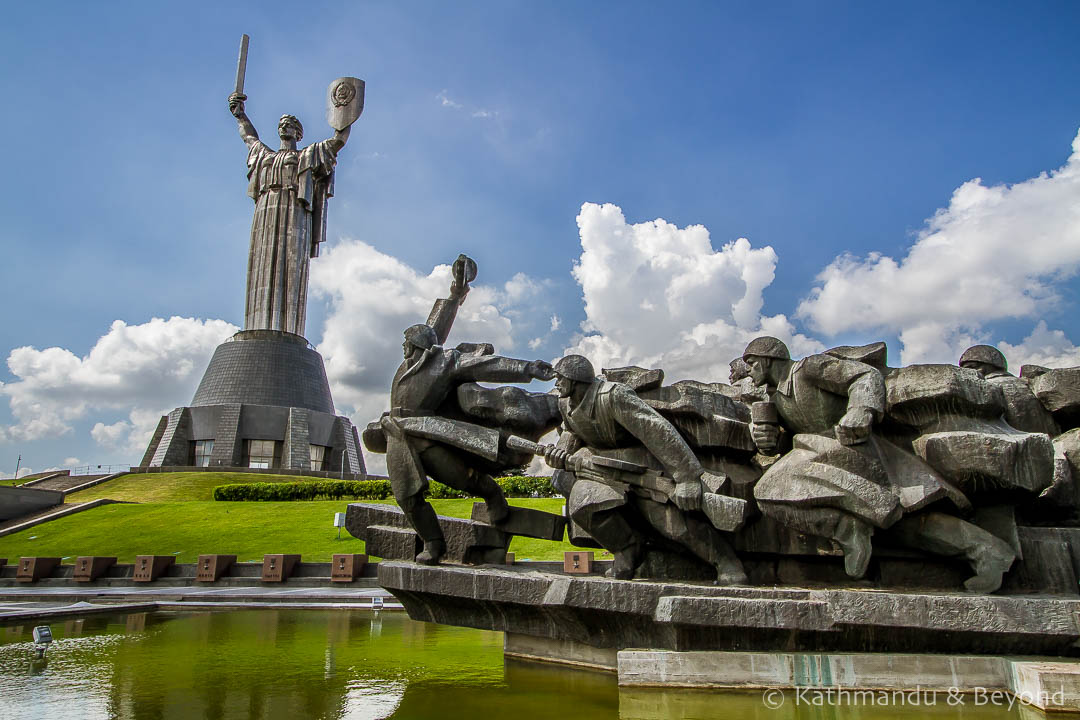
Like most, Kirsty and I began our exploration of Eastern Europe and the Balkans, as well as the Caucasus and Central Asia (both of which were part of the USSR), in a conventional way. Attractions such as pretty market towns, medieval fortresses, jaw-dropping coastlines and towering mountains were all high on our agenda. We enjoyed seeing them and more besides and it didn’t take us long to realise that this part of the world, especially the Balkans and Eastern Europe, were right up our street.
Over time, we began combining conventional sightseeing with more unusual stuff and in particular, we started to notice (and admire) what many would describe as the ugly side of the region – over-the-top memorials and monuments, concrete-overkill housing estates and space-aged looking government buildings etc. – in other words, heritage dating back to communist time.
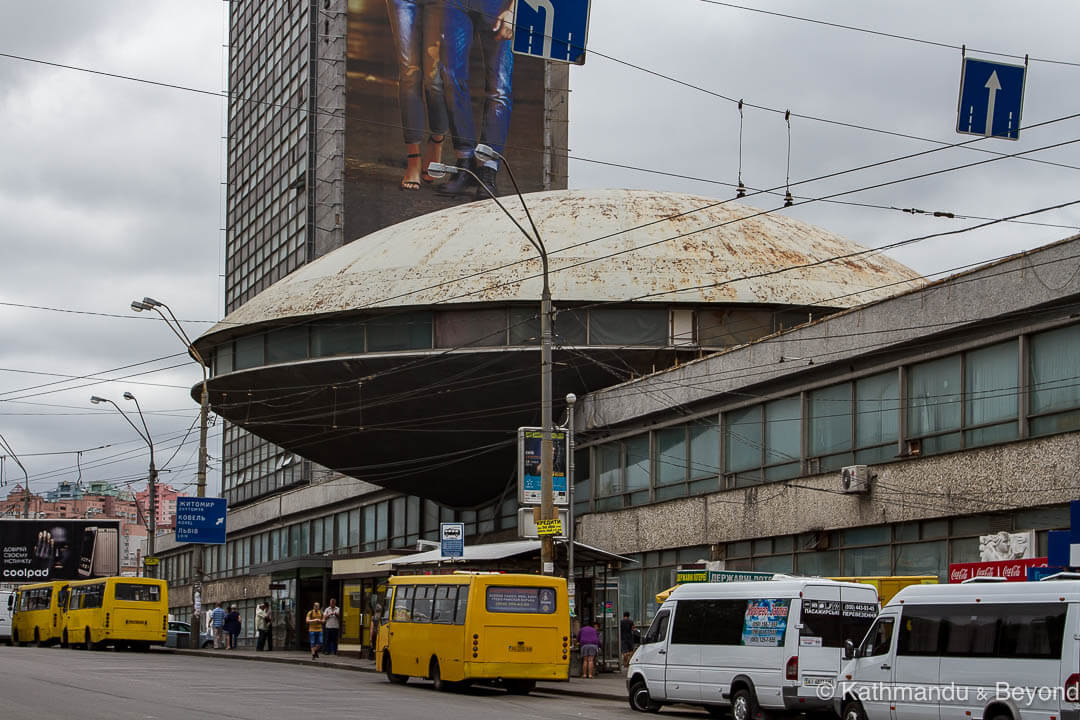
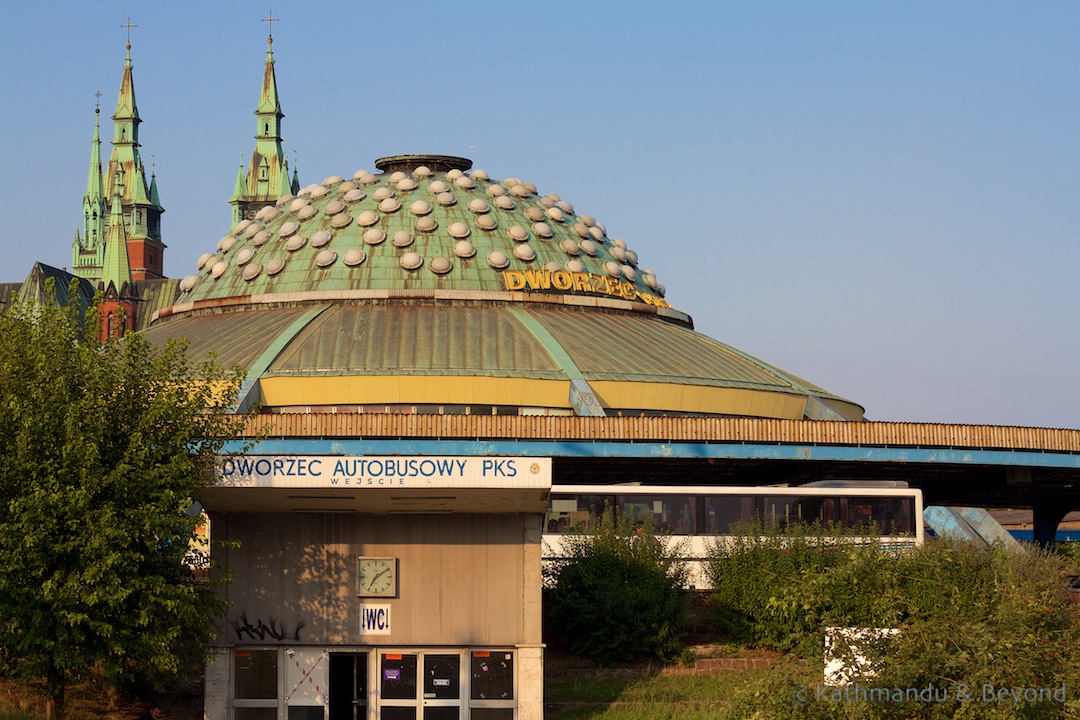
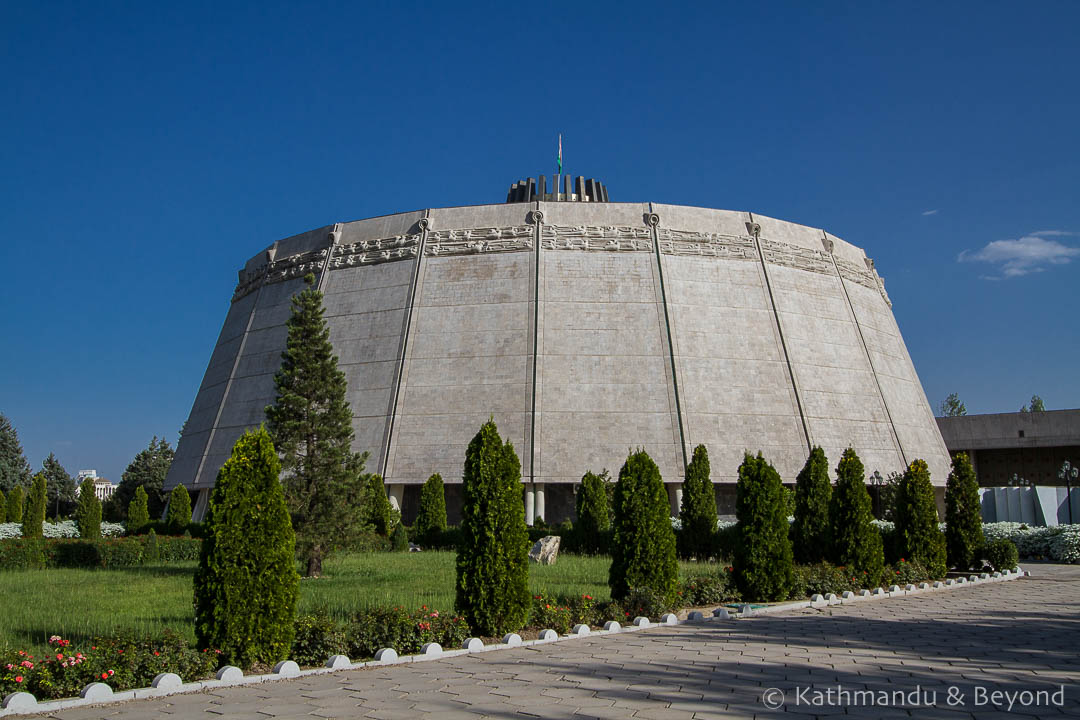
My interest became more than cursory when Kirsty and I visited Bratislava in Slovakia. Our Eastern Europe Lonely Planet guide had a section entitled Socialist Bratislava, in which it mentioned such places as the Slovak Radio Station and the Slavin Memorial as worthy places to go and see. We had spotted the Slovak Radio Building on our walk into the centre of the city from the railway station upon our arrival and I made a comment along the lines of what the bloody hell is that? But I was impressed, who wouldn’t be – it’s an upsidedown concrete and steel pyramid – and for want of a better word, I had my first communist-era building moment. We visited all the other places recommended in Lonely Planet and a few weeks later I wrote my first blog post on the subject.
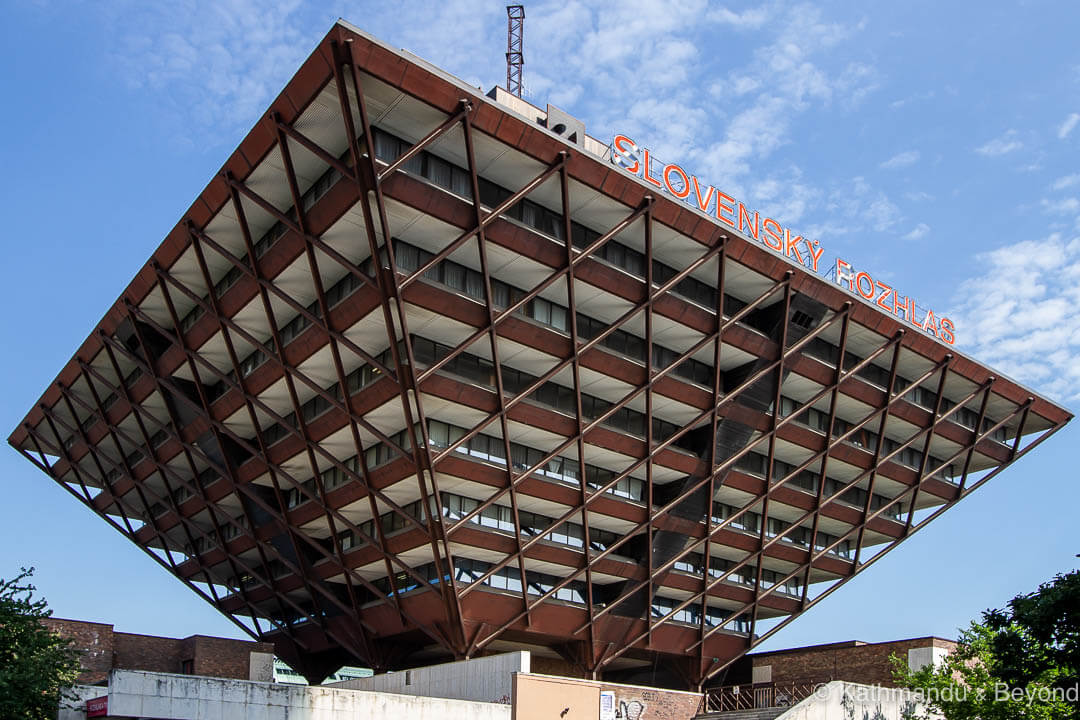
For me, it was an instant fascination in vestiges from that era. For Kirsty, it has been more of a slow burner. She certainly doesn’t raise her eyebrows as much these days when I suggest we walk 50 minutes out of our way to look at a housing estate or to track down an obscure-looking monument, and every now and then she lets slip the same level of childlike excitement that I often display when we find something as incredible as the Monument to the Founders of the Bulgarian State in the Bulgarian town of Shumen.
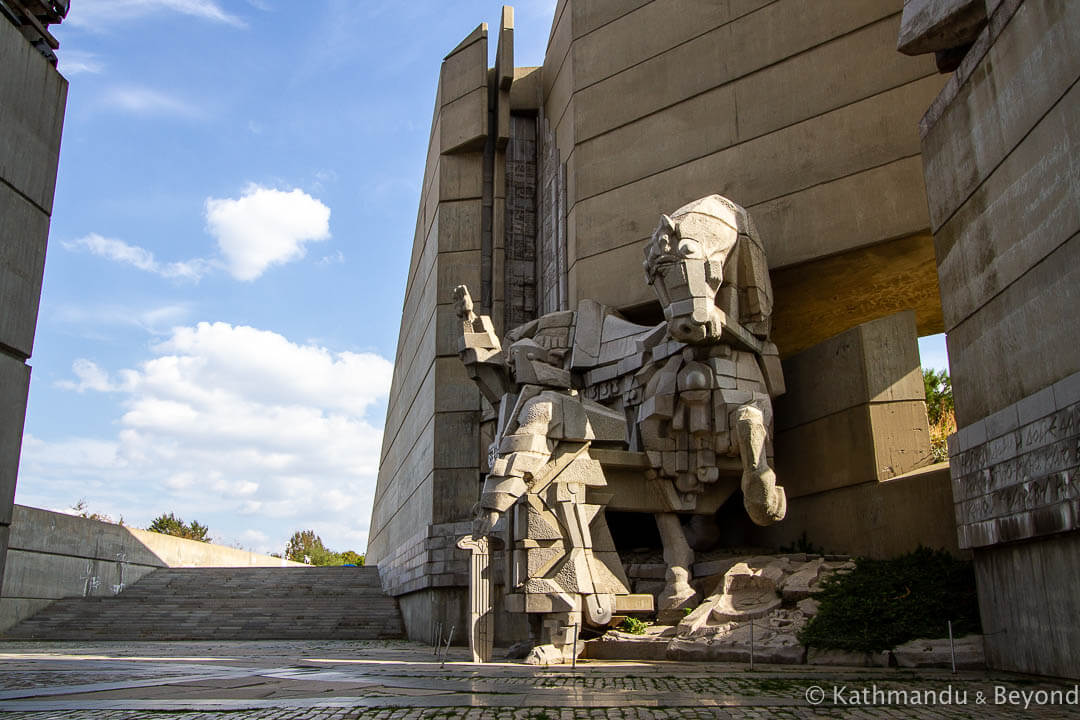
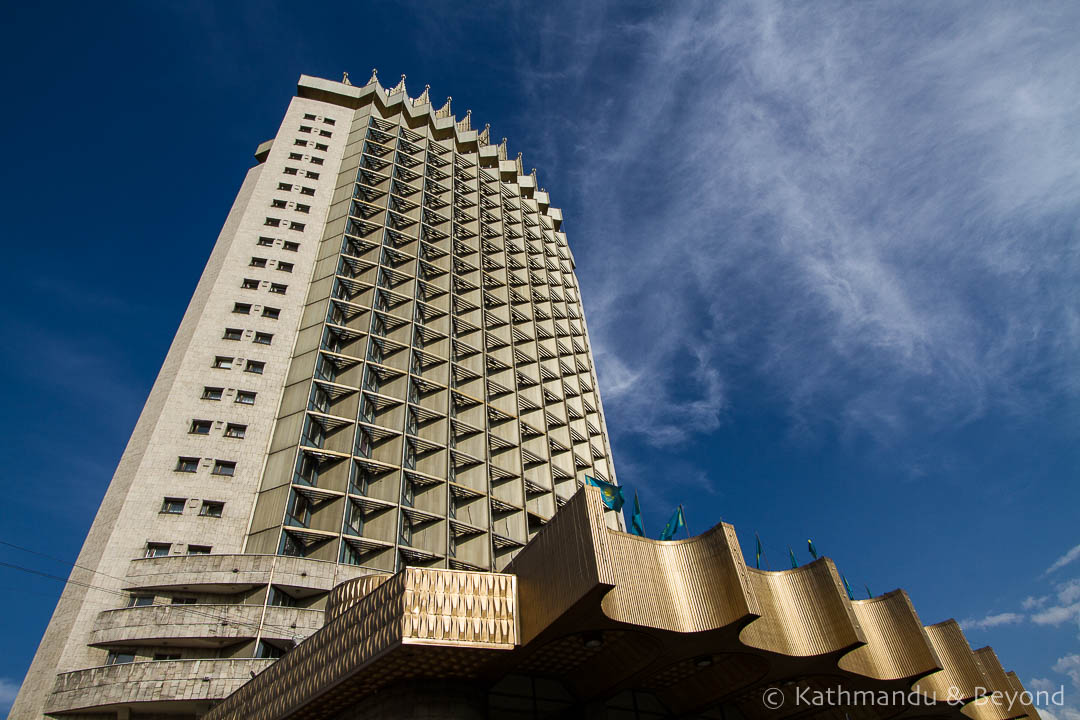
We work well as a team. I spend ages researching and locating these ideological monoliths and brutalist superstructures and Kirsty patiently plots them all on a map and plans a suitable route. Some are easy to find, others not so and every now and then we come across somewhere or something by accident – either way, it now takes up quite a bit of our planning and plotting time when we are in this part of the world.
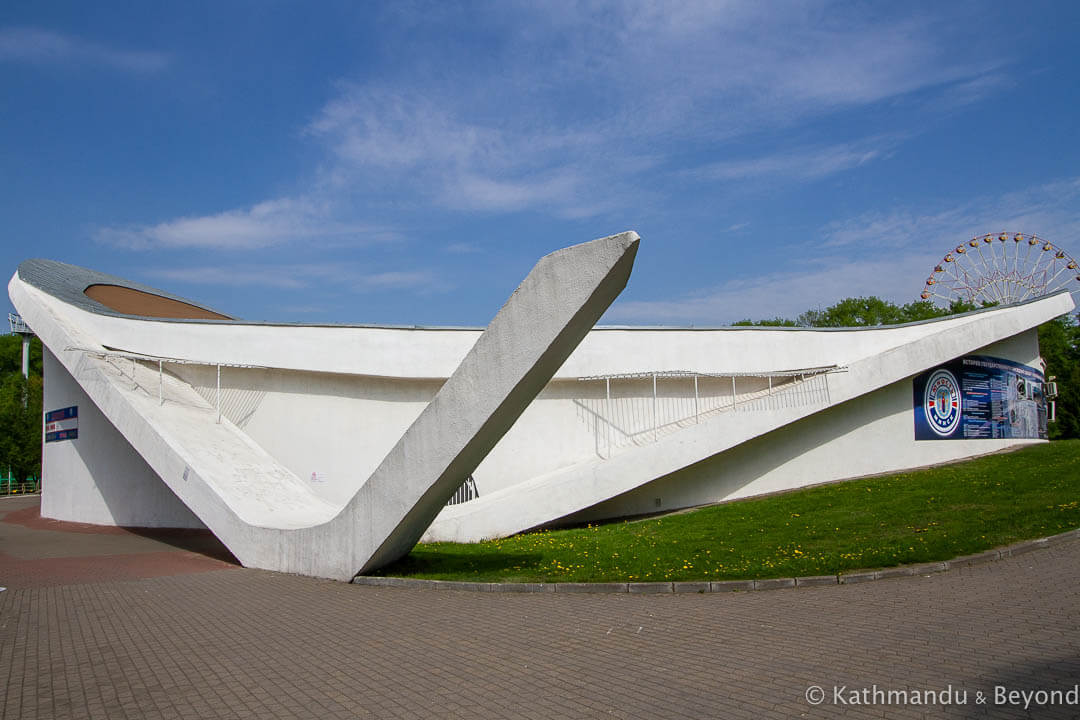
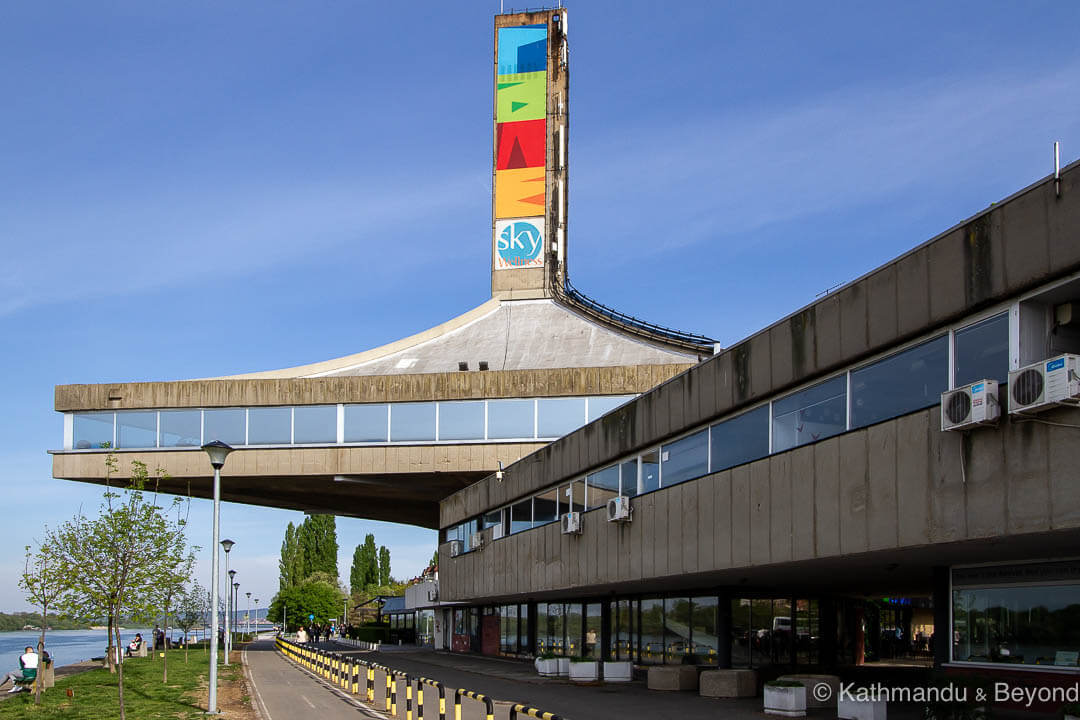

We also still go and see the pretty market squares, the medieval fortresses, the jaw-dropping coastlines etc. I’ve tried suggesting to Kirsty that, when we are short on time, perhaps we could forgo a wander around yet another Old Town (when we’ve seen two or three that week anyway) in favour of some obscure monument on the outskirts of the city but I simply get the daggers and that it ain’t gonna happen look. It’s fair enough I guess and, anyway, I also enjoy that aspect of our travels in the region. Because we travel full time, we can normally take as long as we need in any given destination and instances like the one above are not that common – we just fit everything in!
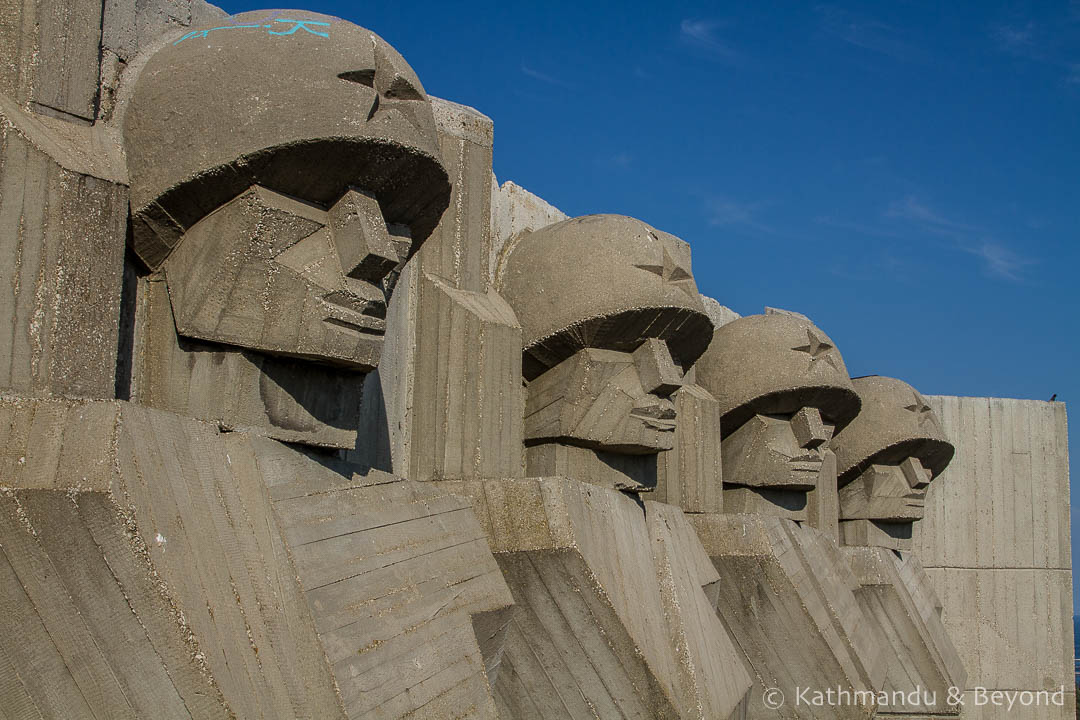
The Mound of Glory on the outskirts of Minsk, Belarus
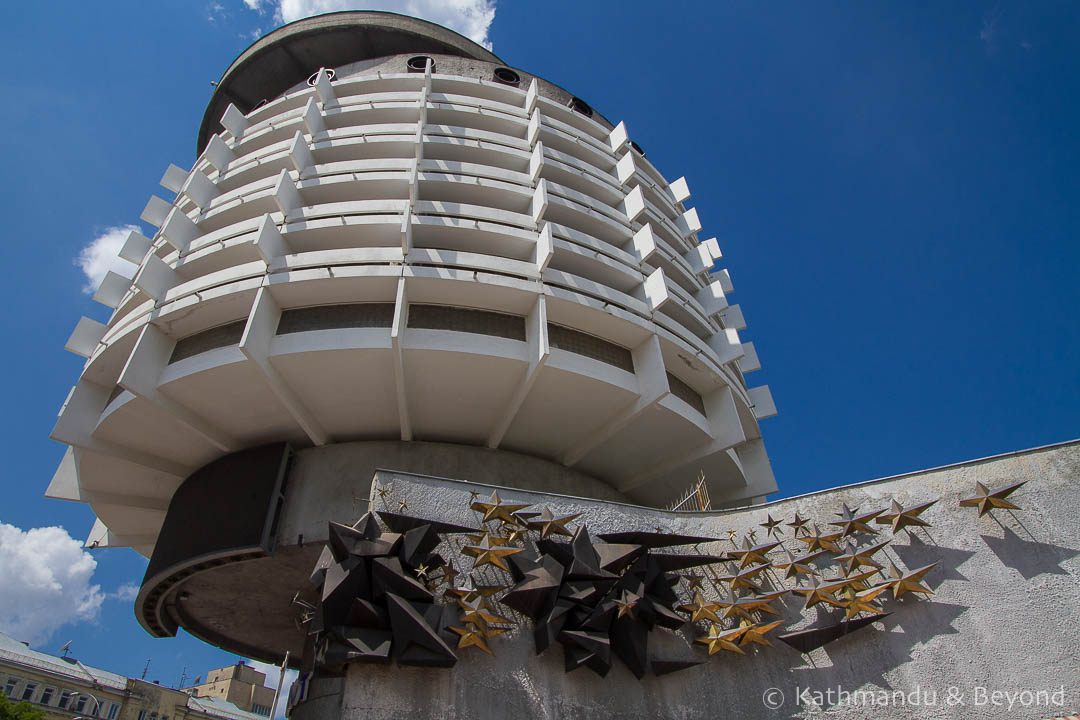
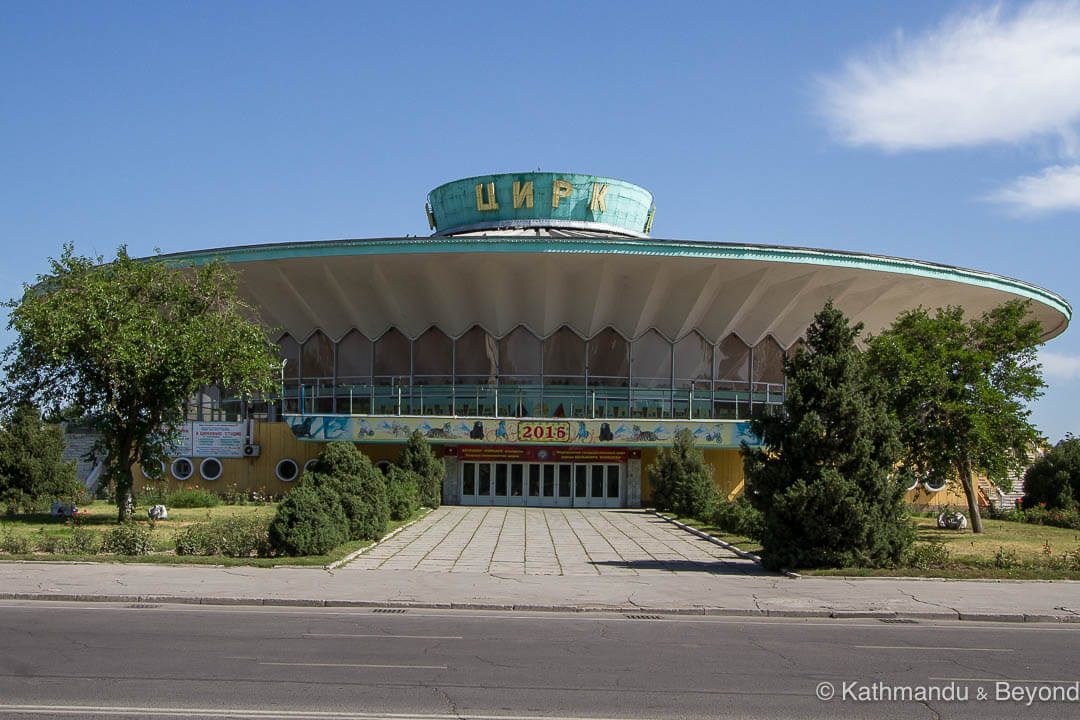
By the way, Tourist Information Centres are of little help when it comes to locating such places and monuments. They either know nothing of their existence or get their hackles up and question why you want to see them in the first place. I understand this attitude. Communist-era monuments and buildings can be a sensitive subject sometimes, especially for those who lived through the period.
Many of the particularly imposing buildings from this era are also still government or military-owned and still in use. Both visiting and taking photos of them can be tricky sometimes and even land you in trouble. I’m not hardcore enough to have got myself into serious trouble as of yet. I walk away, or least put the camera down if the situation isn’t looking good.
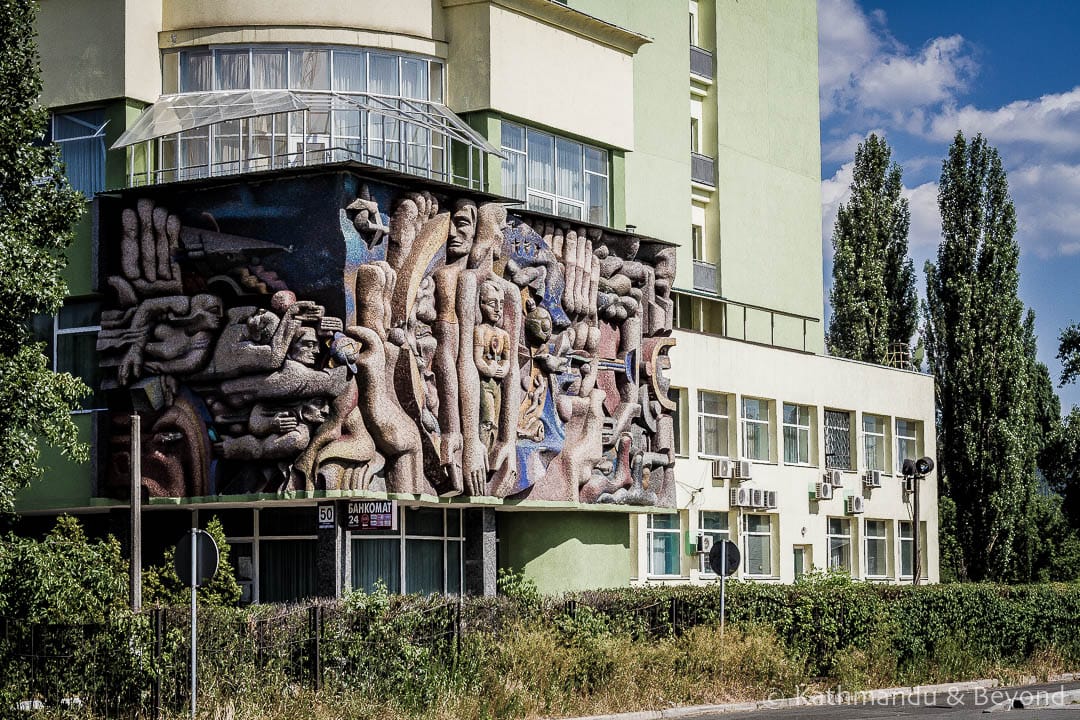
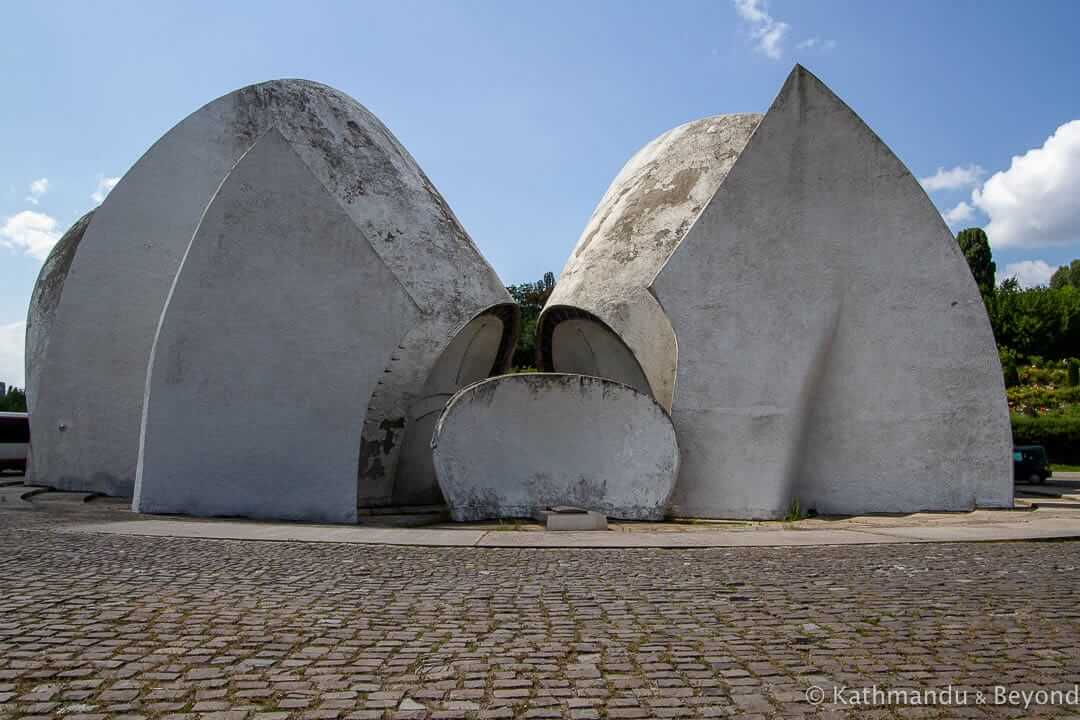
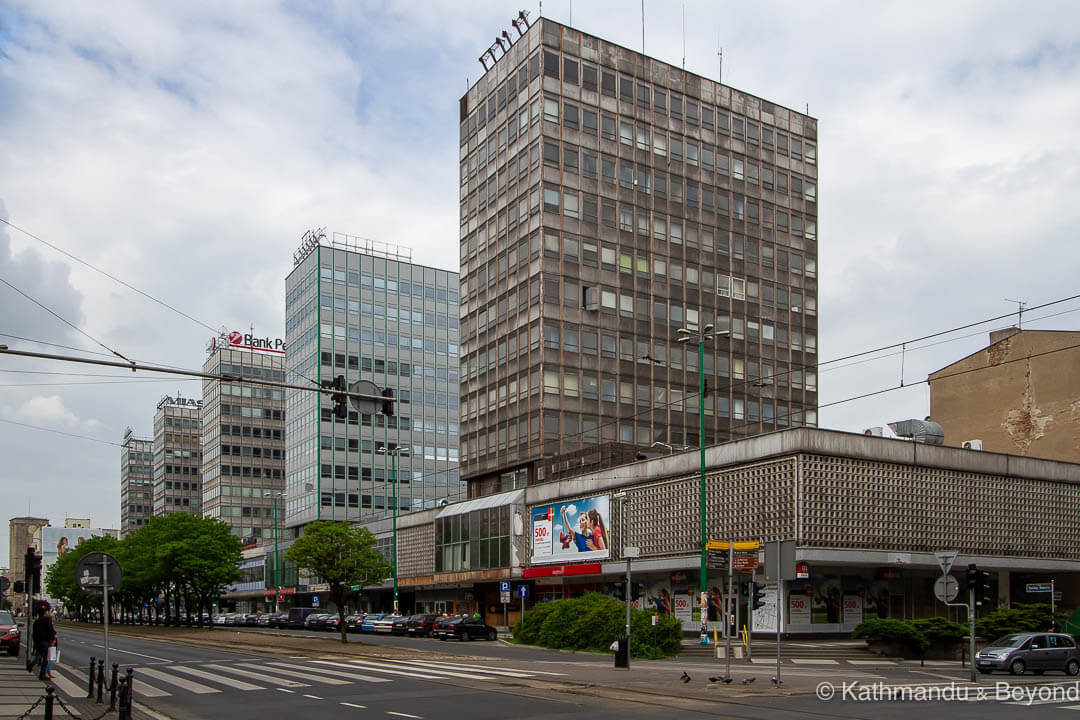
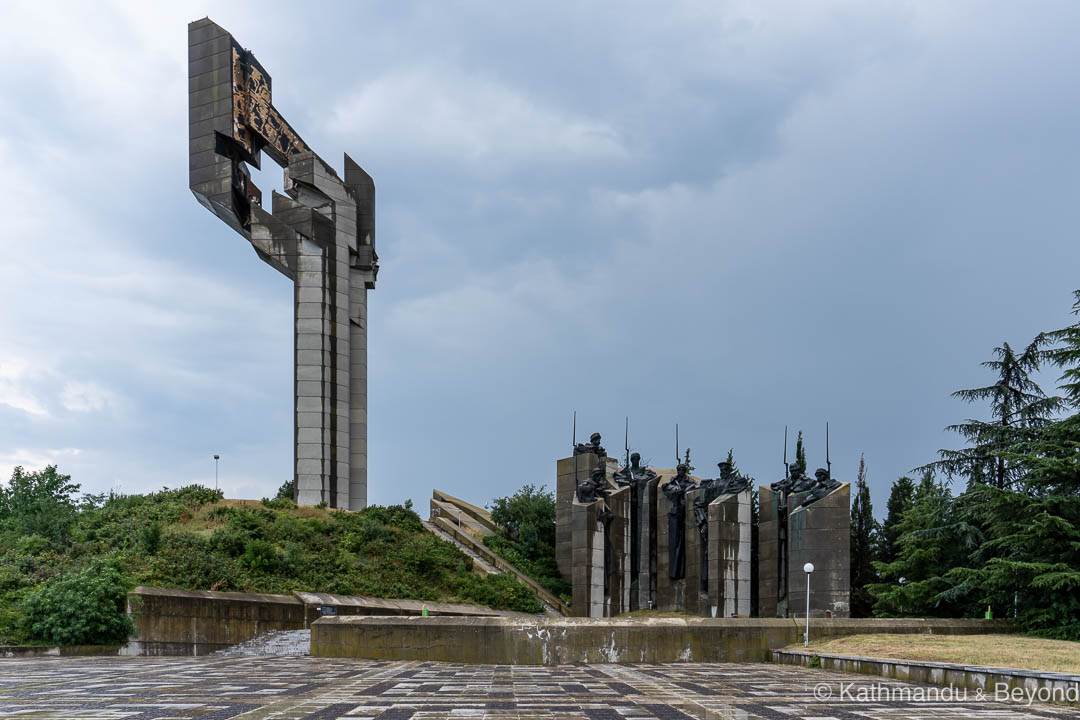
I am by no means an expert on communist-era architecture, far from it in fact. To begin with, I would identify what I wanted to see based on what was pleasing to my eye. I wasn’t especially interested in the history attached to the subject matter and I wasn’t concerned about who the architect was. This has definitely changed over time. I have spent time reading about the difference between Brutalist, Modernist and Stalinist styles of architecture, for example, as well as the history attached to many of the memorials we see, in particular spomeniks (Tito-era World War II-related monuments and memorials in the Former Yugoslavia) and monuments constructed to commemorate and glorify the Bulgarian State.
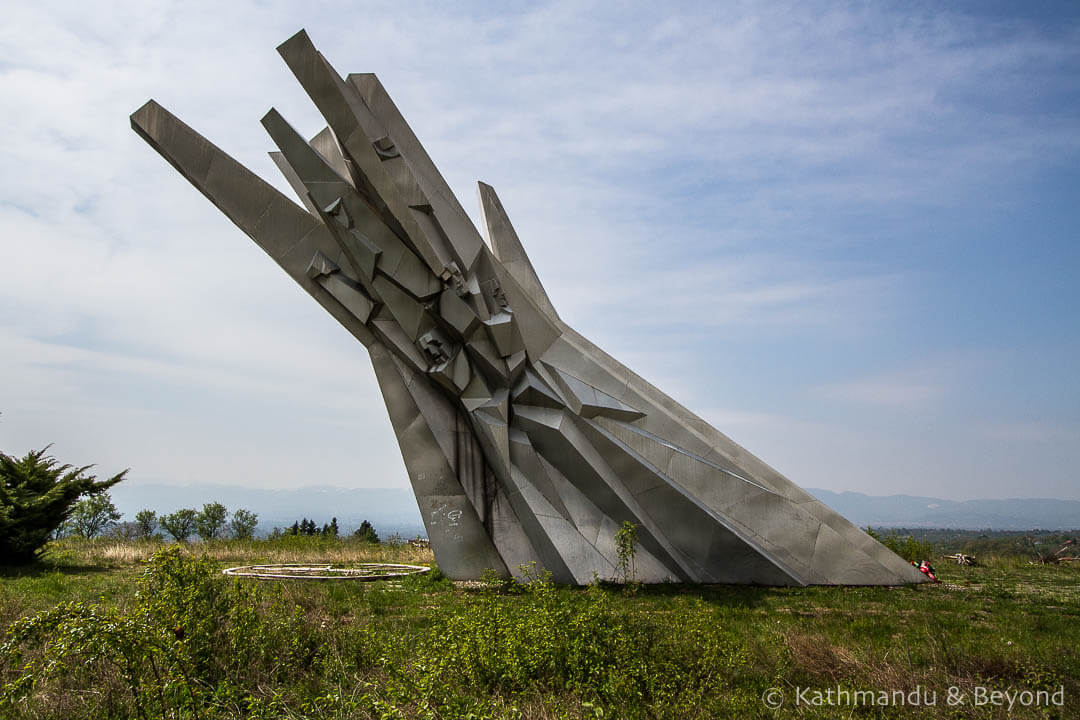
And while I’m on the subject of time. I have learnt that there is a relative sense of urgency when it comes to looking for such things. Not so much the buildings but more the monuments which, in certain parts of the region, are becoming fewer every year. Many of these countries no longer wanted dominating ideological reminders of a recent history they didn’t particularly ask for or enjoy. More liberal communist countries such as Hungary and Poland tore down many of their statues and monuments that hark back to that era years ago, whereas with others it has been more of a latter-day event. Ukraine, for example, has recently introduced a formal decommunisation process, which began in April 2015 and included the pulling down of Lenin statues throughout the country.
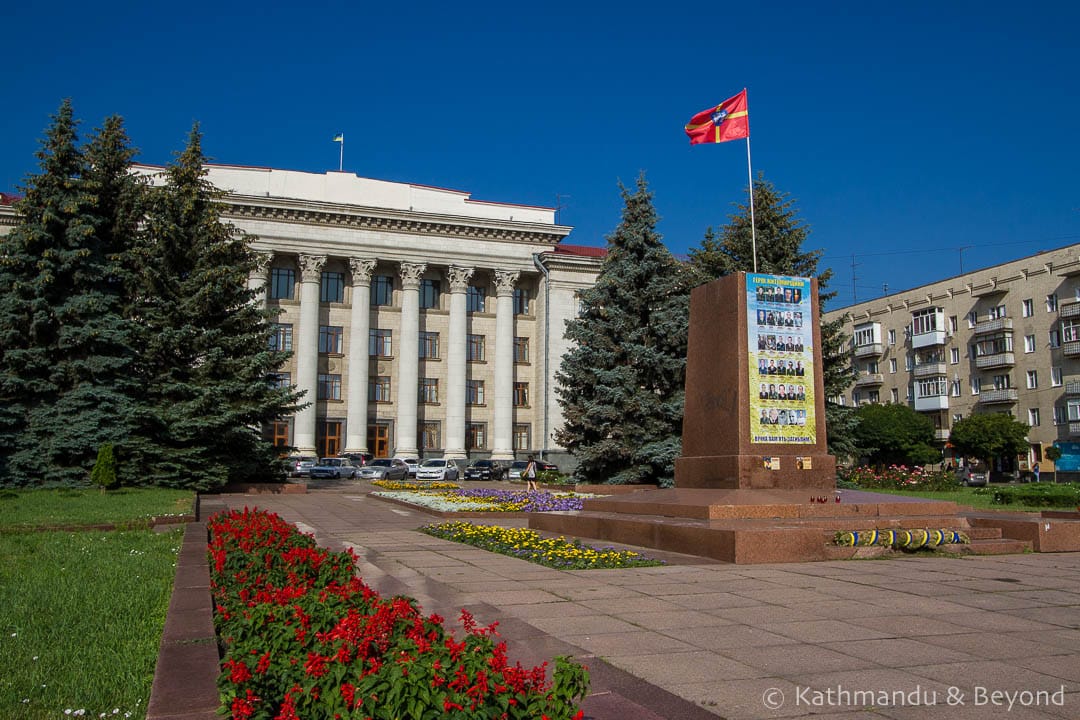
Not everything that was removed was destroyed or destined to end its days on the scrap heap. There are a few museums, such as Grutus Park in Lithuania and the Museum of Socialist Art in Sofia, which have salvaged/preserved monuments, artwork, mementoes and other knick-knacks from the period and put them on display.
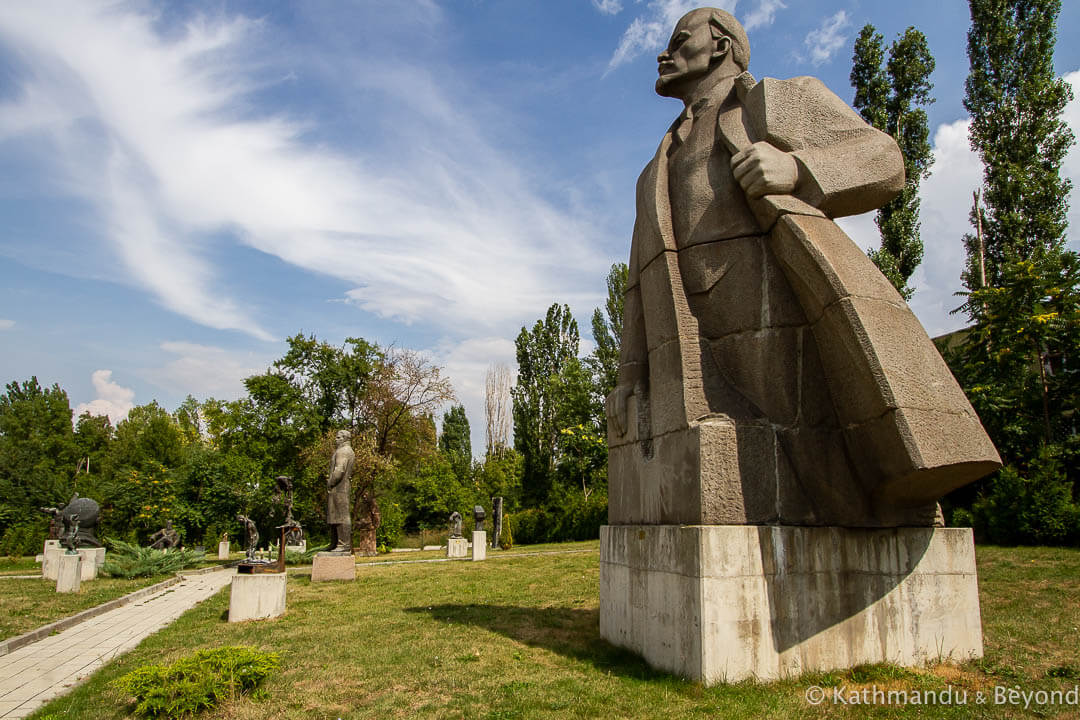
In other countries, it is the elements that will eventually result in their demise. Bulgaria is one of the best places for hunting down remnants from the communist era. There are some really impressive structures scattered all over the country, such as the Three Generations Monument in Perushtitsa and the Buzludzha Monument near Shipka, but these two examples and others are either abandoned or in a very poor state of repair. The same goes for many of the spomeniks mentioned above. It’s the main reason I would use my imaginary time machine to travel back to 1980s Soviet Union and Eastern Bloc – to have seen such monuments in all their glory would have been quite something.
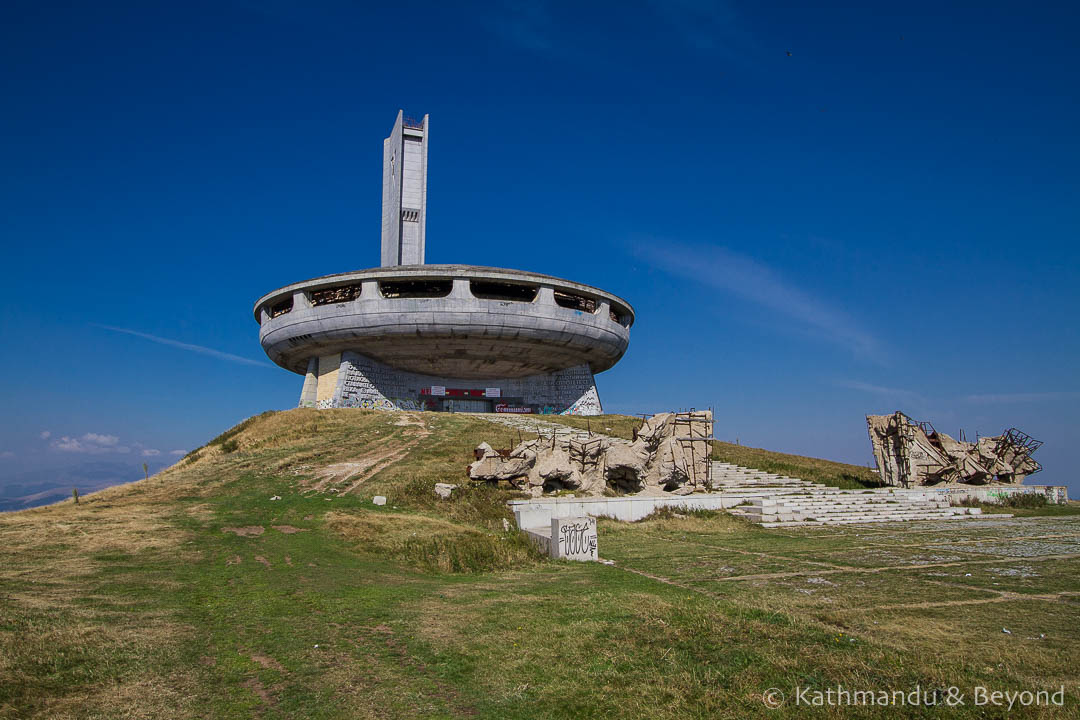
I appreciate this is a rather niche (you could argue anorak) type of hobby/interest but I’m definitely not alone. There are several websites and social media sites that are either fully or partially dedicated to the topic. Plus there are other travel bloggers and writers who enjoy visiting and writing about the same subject. I have a long list of useful websites and articles listed in my bookmark bar. Some draw you in with wonderful prose and atmospheric photographs (*) but leave you dangling by omitting vital information such as the full name or location of whatever it is they are writing about, while others are more willing to share their knowledge and provide useful information such as exact coordinates and how to visit using public transport.
(*) While I’m on the subject of photography, you might notice that, generally, the majority of our photos are taken on nice sunny days. There is no denying that the type of building/monument we are talking about here looks way cooler when it is photographed in bad or moody light. But that invariably means being in Europe or the countries of the former Soviet Union during the winter months and we are too wimpy for that. I wish we weren’t, I would love a collection of atmospheric Post-Modernist and Socialist-era classics, but neither of us especially like the cold, so it’s not going to happen anytime soon!
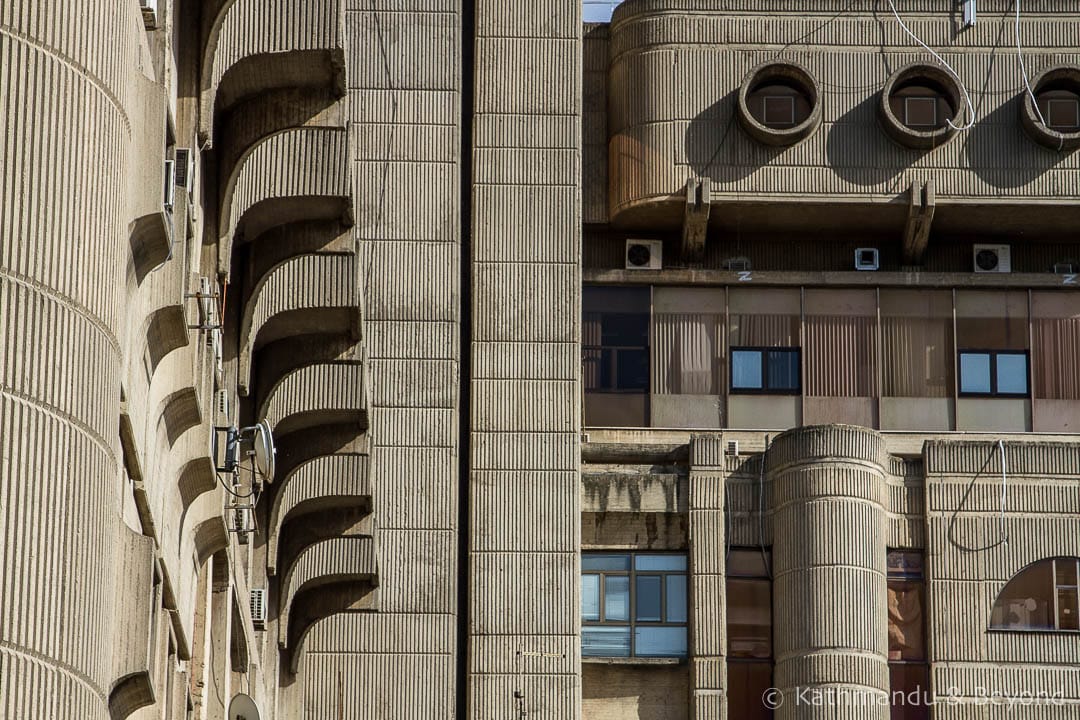
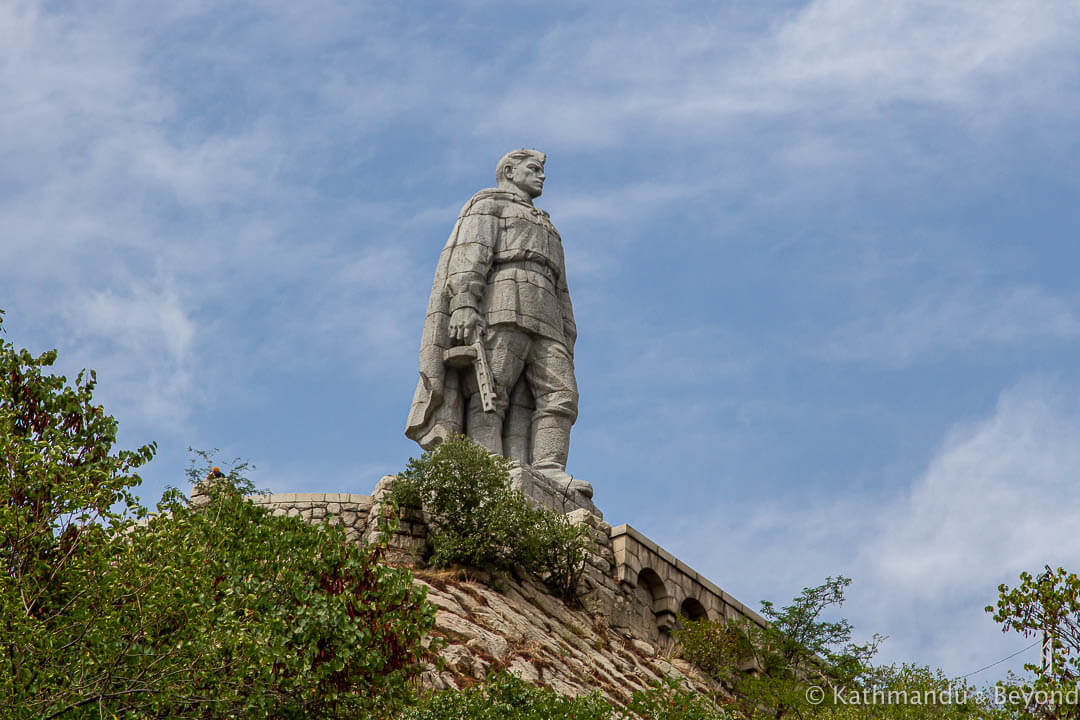
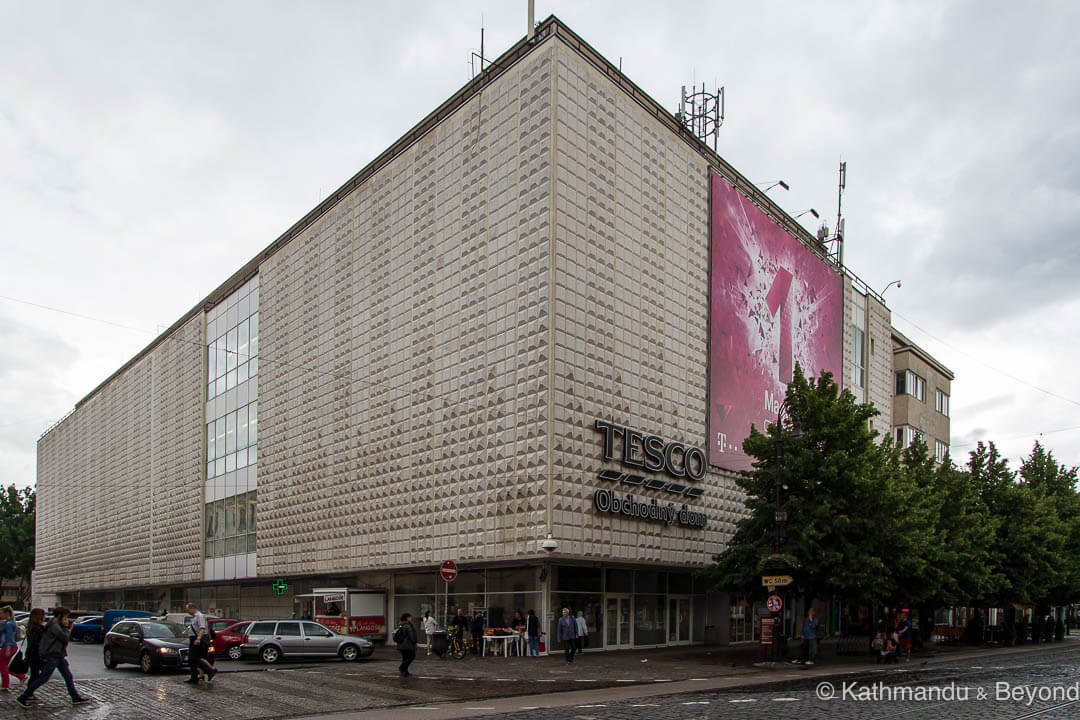
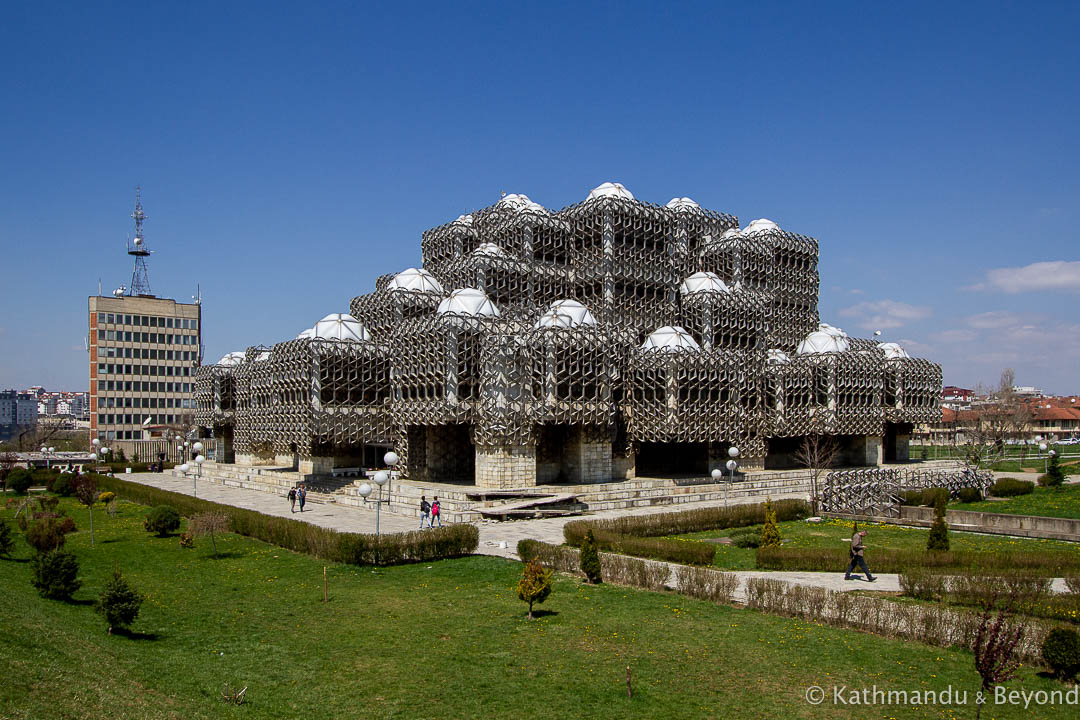
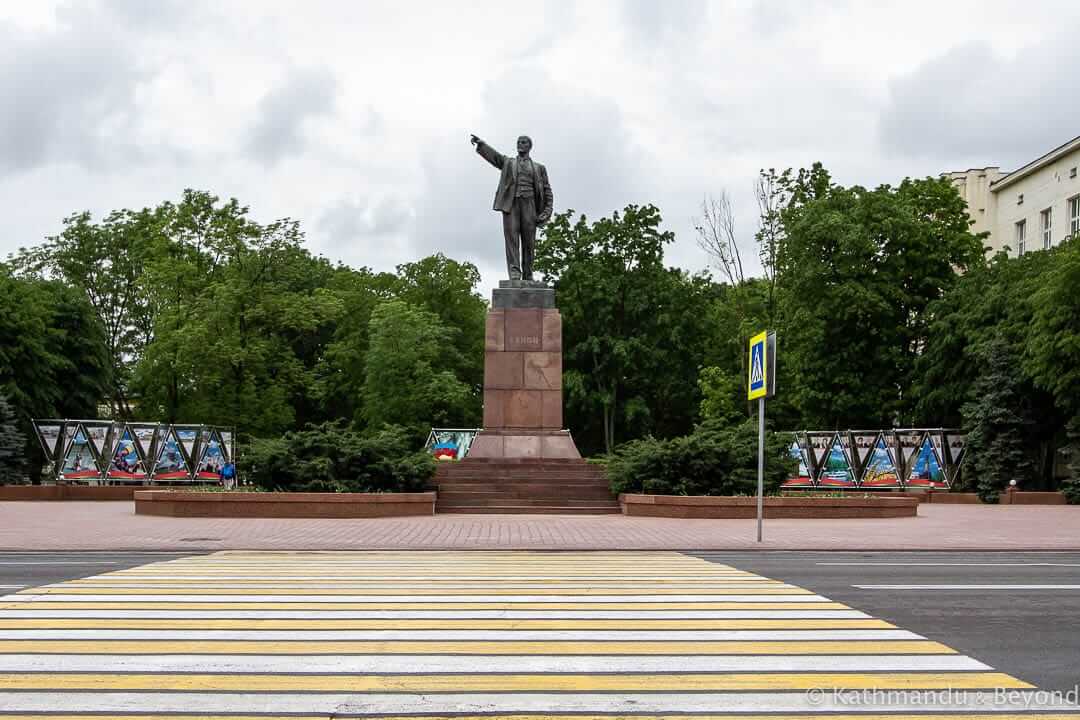
It is an interest that is gaining momentum for us. We have visited every country in Eastern Europe and the Balkans and between us, we have travelled to thirteen of the fifteen countries that previously made up the Soviet Union. Plus we have been to the self-proclaimed states of Transnistria and Abkhazia. We have recently (Spring 2017) completed a road trip around Serbia, where our predominant interest was tracking down spomeniks and soon we will be heading to Macedonia, Kosovo and Montenegro in order to do the same thing. We will end the summer of 2017 with six weeks or so in Ukraine, a highly underrated country that is still a great hunting ground for Soviet-era architecture despite the recent decommunisation laws mentioned earlier.
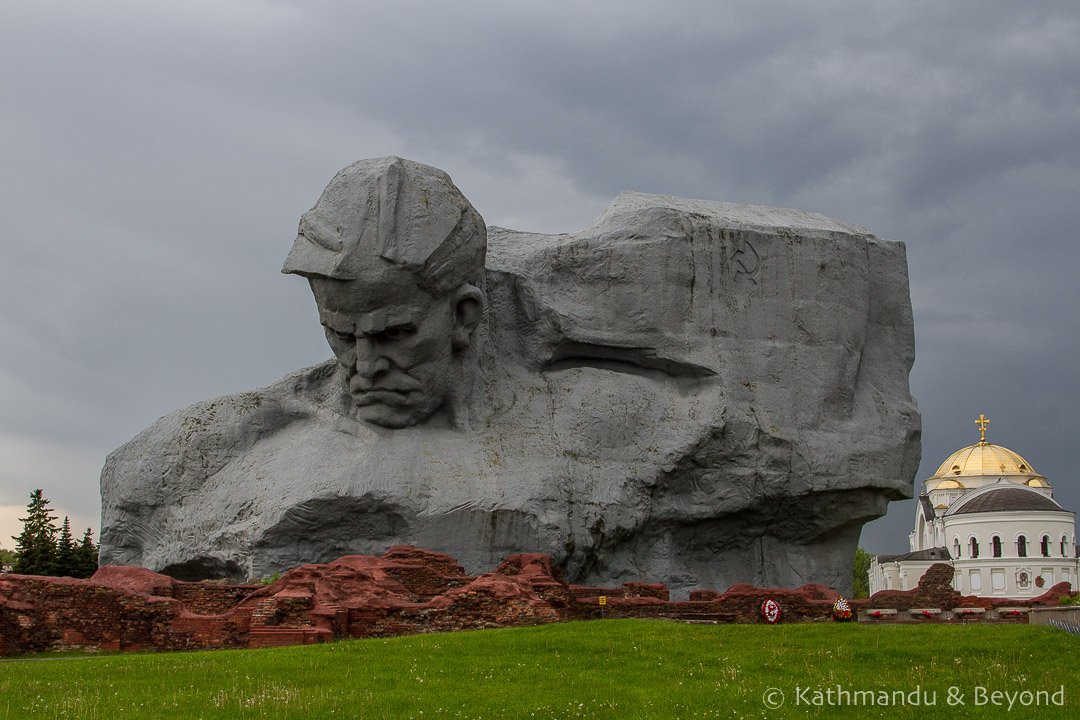
At some point in the future we know we have to tackle Russia, a country Kirsty has only visited briefly and one that I have not been to at all but, for the time being, we have plenty to occupy our thirst for unapologetic, over-the-top brutal beauty.
We haven’t visited Southeast Asia for about 18 months – that’s a very long time for us and at the end of this summer (2017) we will return for an extended period. I’ll confess, I’m a little nervous about it – will I be able to slip back into Asian ways after spending so long away? Plus will my architectural tastes have changed that much that I will no longer find a temple or an ancient ruin appealing? And what if I can’t find contentment on a tropical beach, cold beer in hand watching the sun go down – nightmare. Only time will tell!
ARE YOU A FAN OF COMMUNIST AND SOVIET ARCHITECTURE? FOLLOW OUR DEDICATED ‘ARCHITECTONIC’ SOCIAL MEDIA ACCOUNTS AND PIN THIS POST FOR LATER…
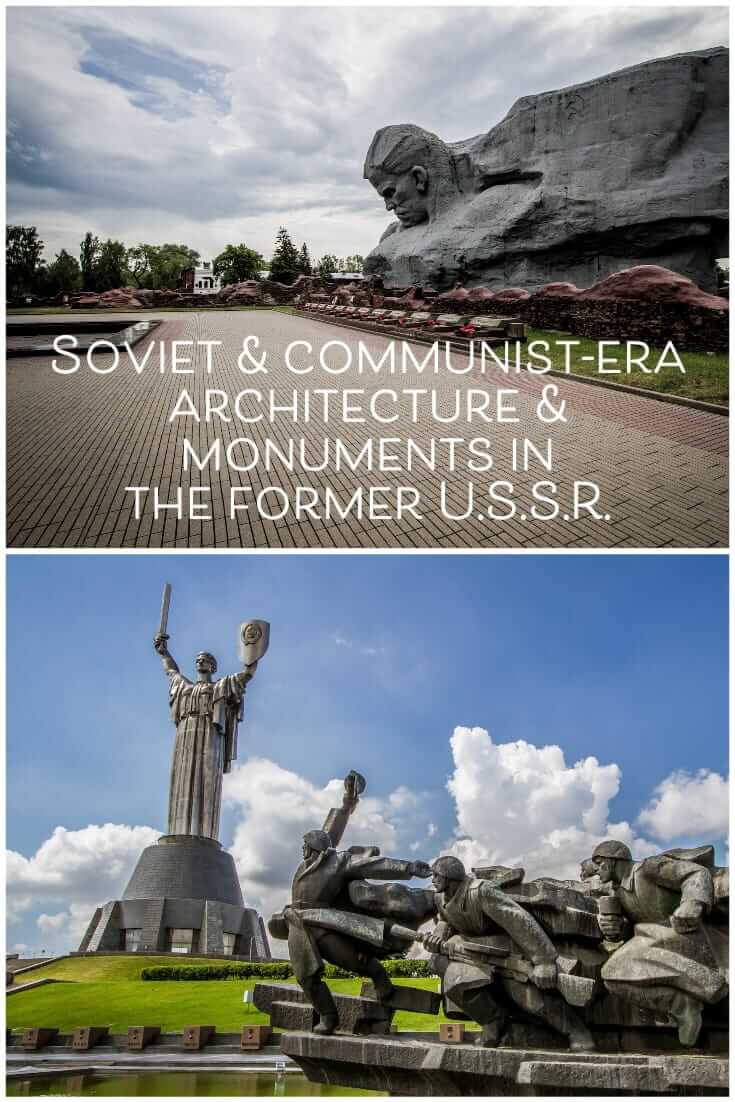
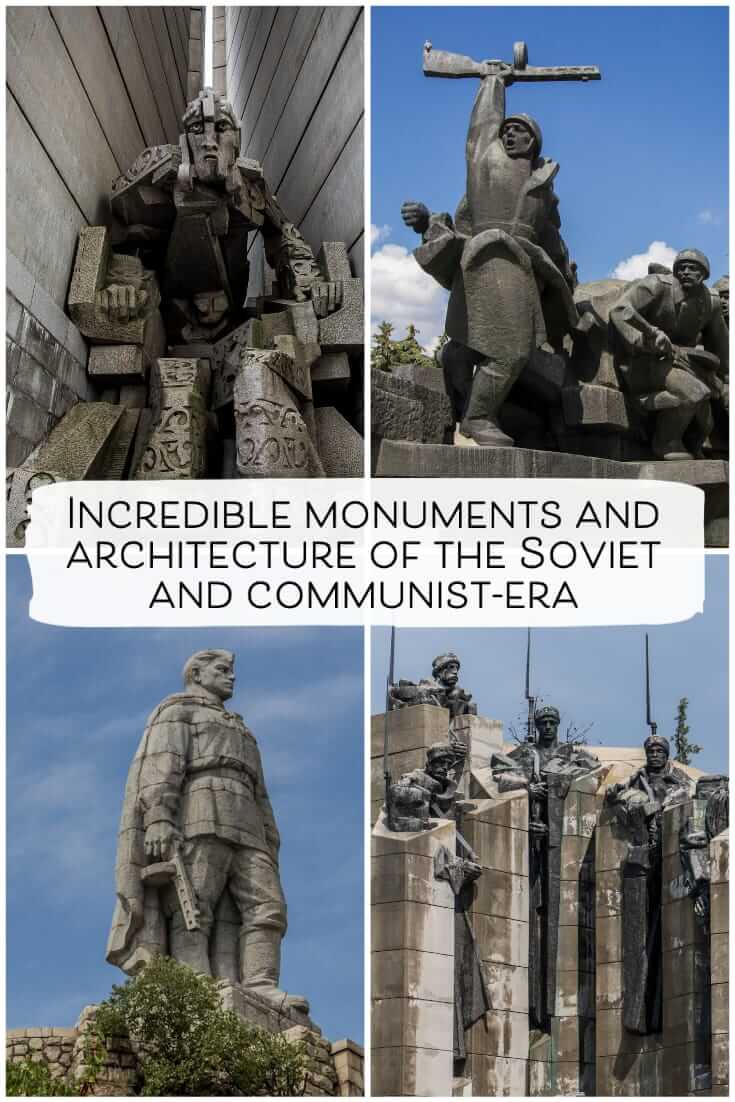
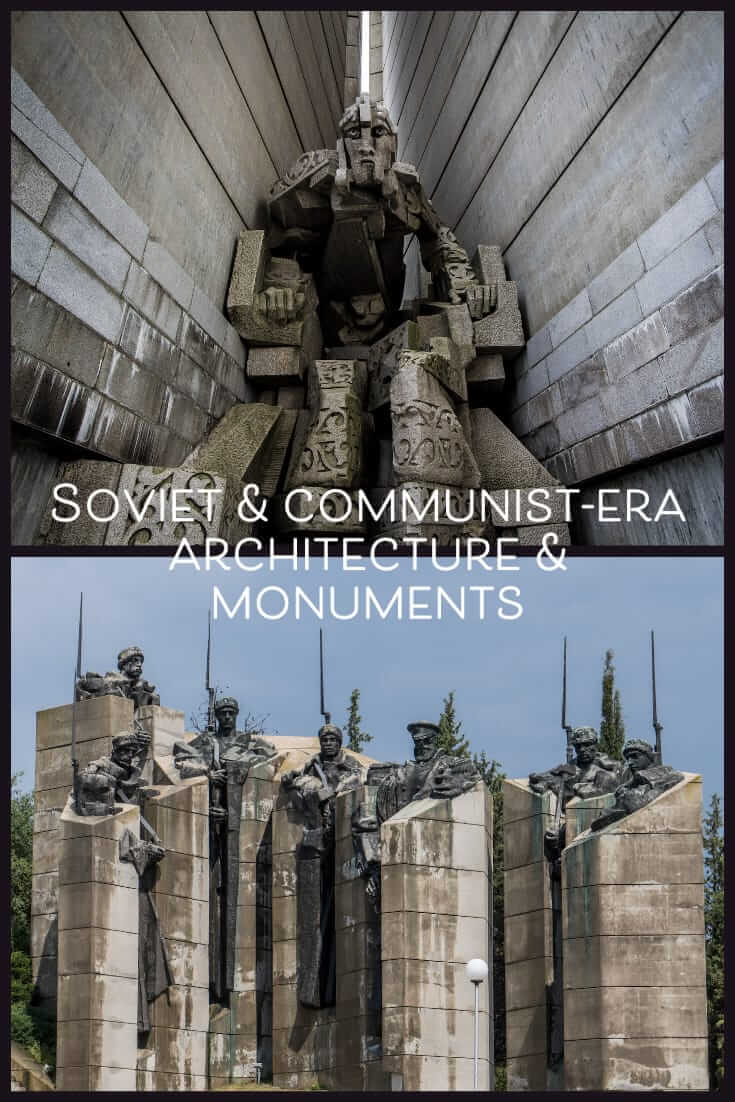

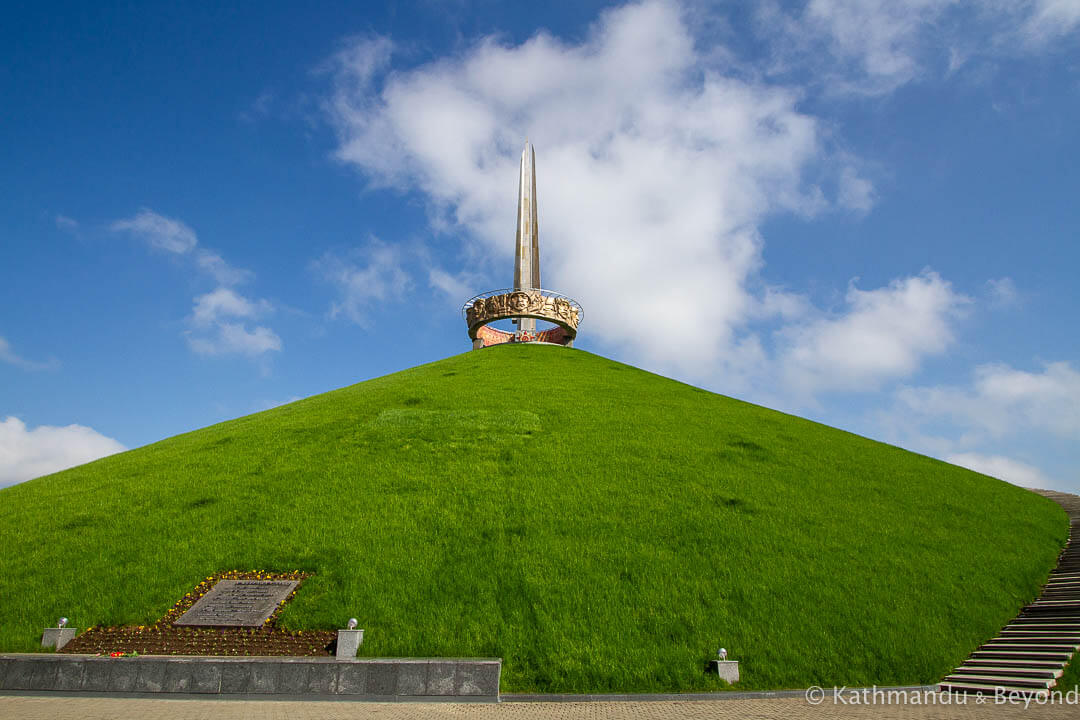
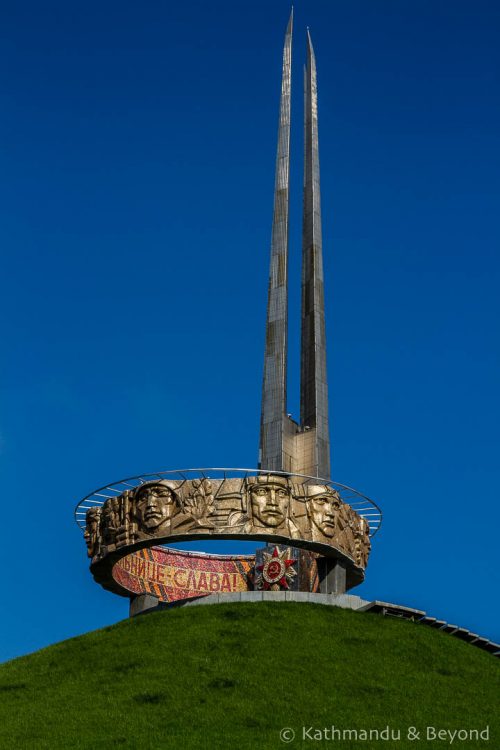


If you get a chance, stop by Ulaan Baatar, Mongolia. Their Zaisasn Memorial above the city is spectacular, as well as the state circus building.
Thanks Henry. I’ve just looked up the Zaisasn Memorial on the internet – it looks superb! We’ve been to Ulaan Baatar but didn’t know of its existence! I’ve also added the State Circus to our list of places to visit incase we go back to Mongolia!
I love these Soviet/communist monuments! What is it about them that intrigue me. I have ben luck to see a bunch of these, but always more to visit….
You’re right Ric, there is something about them! We have seen quite a few now but still have a long list of more that we want to see. Choosing the photos for this post was harder than writing it, I might do another one alone similar lines just so I can put up more shots!!!
I enjoyed reading this and seeing the photos. They are very interesting monuments. I did a bit of traveling in Eastern Europe and the Soviet Union in 1973. though only for about two weeks. I do remember the Stalinist architecture in Warsaw (the tallest building in the city at that time was said to be a gift from Stalin) and Moscow (especially the huge University of Moscow) and a couple of monumental steel statues in Moscow (one of a Vostok rocket zooming spaceward and another of a worker and peasant striding forth heroically, the worker holding a hammer and the peasant holding a sickle), but I was more impressed by the grandeur of Czarist era buildings in Moscow and Leningrad and the spectacular architecture of Prague and Budapest. By the way, you could still do the overland trek from Europe to India until the late ’70’s. I did it in 1979, managing to leave Iran just before the American Embassy was taken hostage and Afghanistan just before the Soviet invasion. Just in time.
The building in Warsaw that you are referring to is the Palace of Culture and Science and you are correct, it was gifted from Stalin. There is still divided opinion in the city regarding the building. You make me jealous with your stories of grand monuments and buildings behind the Iron Curtain and even more so with your talk of Afghanistan and the overland trail from Europe to Asia but you know I’ve got a bit of ‘thing’ with the ‘Graveyard of Empires’!!
Finally! Found some USSR/Soviet/Communist photos. These monuments look great, there’s just something about them that fascinates.
I think you’ll find plenty of interesting modernist architecture in South Asia. Have you been to Courbosier’s planned city of Chandigarh, India? Could be a great spot to hit for you guys (well, Mark in particular!)
There certainly is! As we both know, Phnom Penh (and other parts of Cambodia) has some wonderful modernist architecture and I understand that Japan is also a good place to visit for the same style. I’ve only ever been to Chandigarh to catch the narrow-gauge train to Simla and never had a chance to go into the city proper in order to see Courbosier’s work but I know of it and would definitely be interested in seeing it sometime.
I’ve been putting off reading this entry because I knew as soon as I did my mind would be racing, wanting to drop everything immediately and head off again. Your photos are stunning and it’s so refreshing to read such down to earth reviews. Thank you as ever for the inspiration!
Ha, ha, won’t you miss the hobnobbing if you head off straight away! We’ve found plenty more during our last stint in Ukraine and have over 1000 photos backed up waiting to be processed, thankfully not all concrete or Soviet-related! Glad you enjoyed the post, Mark
Great post.
last tracks of an ended era
Great post and truly outstanding photographs. We obviously share similar interests and travel history, except that (unfortunately!) I am old enough to have done both the things you say would like to go back in time to do – the ‘hippy trail’ and behind the Iron Curtain.
Although never a hippy myself, I travelled the ‘hippy trail’ twice, both times overland by public transport, i.e. local buses, trains, etc. For 7 months in 1972-3 as far as India, Nepal and Bangladesh (with a diversion via Syria and Lebabnon), then for 10 months in 1975-6 to Japan (also via Syria, and with some air travel being necessary in the Far East). And yes it was relatively carefree although not without its hassles here and there, especially for female travellers.
Previously, in summer 1971, I had travelled behind the Iron Curtain for 2 months, by hitch-hiking and train, in Czechoslovakia, Hungary, Romania and Bulgaria. And my point in writing this really is to tell you that it wasn’t at all as you imagine: “A large dose of suspicion, a severe lack of freedom to do what you want, language barriers, minimal contact with locals, strict visa regulations, and a shortage of decent food are but a few of the barriers that would have presented themselves when visiting that part of the world in the late 1980s”.
Not at all – people were open and friendly, very interested in you as a foreigner, keen to talk and find out about you. Many, especially young people, spoke some English. As well as staying at youth hostels and rooms I was invited into homes to stay, was sneaked into a tent on a camp site for a couple of nights by its three ‘official’ occupants, and slept in fields with other (eastern European) travellers. So you could pretty much do what you wanted and there was lots of stuff going on – concerts, discos (I remember Pink Floyd playing!). There were no shortages of food whatsoever and certainly not of beer and wine – I remember discovering the Czechs’ love of beer and being plied with drink by Romanian soldiers on a train! Visas were not difficult to obtain but the process was tedious and time-consuming – you had to have confirmed accommodation, all arranged by post in pre-internet days, and in a couple of the countries you did have to buy currency vouchers to a certain value for each day of your stay.
I admit it was an eye-opener for me too, as I had imagined dull grey conformity and the suspicion you mentioned. I realised I had been a victim of propaganda! Another interesting thing was the number of people travelling from other east European countries, both hitchhikers like myself and conventional holidaymakers heading for the Black Sea (I am still friendly with a Pole I spent time with in Bulgaria in 1971), and there were also numerous tourists from Arab countries at the Black Sea resorts.
In short it was really memorable and gave me a love of and interest in eastern Europe which I went back to later after my ‘hippy trail’ years and then raising a family. I visited the former Soviet Union for the first time in 1992, but since have travelled there extensively, clearly to many of the places you have been to yourself, but most often to Russia, Georgia and Ukraine. So your photographs and your comments are of very great interest.
Two afterthoughts: (1) I also spent time in the then Yugoslavia in 1970, my first introduction to ‘socialist’ society. Many visits since to the individual countries. (2) You must surely be very familiar with Fréderic Chaubin’s ‘CCCP: Cosmic Communist Constructions Photographed’, so I was slightly surprised there was no reference to it at all.
Firstly, a huge and very embarrassed apology for not responding to your comment when you posted it. Due to what is best described as a technical glitch, we have only just seen it! It feels rather awkward replying now, and you must have thought us incredibly rude at the time especially as you had made the effort to write such a long comment! We do really appreciate readers that take the time to comment and it’s just bad manners for us not to have replied!
So apology over… thank you for your fascinating stories – we often muse that it would have been fantastic to have experienced the hippy trail in its original guise. It’s interesting to hear of your personal experience travelling behind the Iron Curtain – clearly, we too, fall prey to propaganda and media reporting of how things were and how people lived their lives. It would have been another enthralling time to travel.
We do know Fréderic Chaubin’s book, but as to why it wasn’t referenced here, I’ll just have to blame Mark! 😉
Once again, thank you for your comments and apologies for missing it!
I was in awe of the architecture we saw in Poland and throughout Eastern Europe. As an American who remembers the time before the Berlin Wall came down, it was surreal to witness in person the sights we only heard about on the TV, etc.
Poland has got some fantastic buildings – and we feel like we’ve only just scratched the surface! If we had a time machine, we’d definitely take it back to East Berlin….
You can find some communist structures in south east Asia ! Just go off the beaten track in Laos (particularly the north, and town called xiam neua) this town had a very communist flare with some strange chanting playing all day through load speakers.
Thanks for commenting. You’re right and we actually ended up finding quite a bit last time we were in the region! In fact, we wrote another blog post dedicated to the subject of communist/brutalist-style architecture in Southeast Asia. Here’s the link in case you are interested in reading it. Architecture has given us yet another reason to return to that part of the world!
https://www.kathmanduandbeyond.com/brutalist-modernist-architecture-southeast-asia/
Photos bring your Soviet memories back. Thanks for the photos.
You’re welcome, glad you enjoyed them.
Cool photos. Small correction though – Poland was never part of the Soviet Union.
Thank you for the compliment. I will happily stand corrected, but I cannot see in the above text where I mentioned that Poland was part of the Soviet Union. If you could point it out to me I will put it right as I know that Poland was not a member of the Union but rather an Eastern Bloc country.